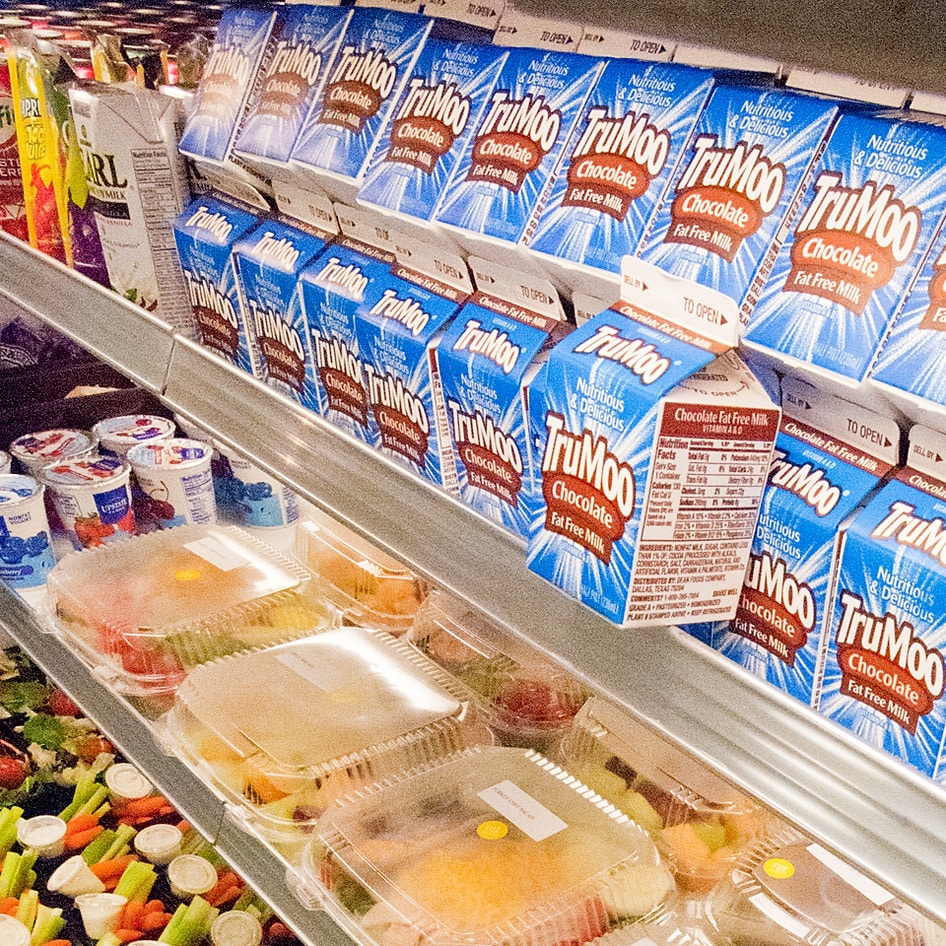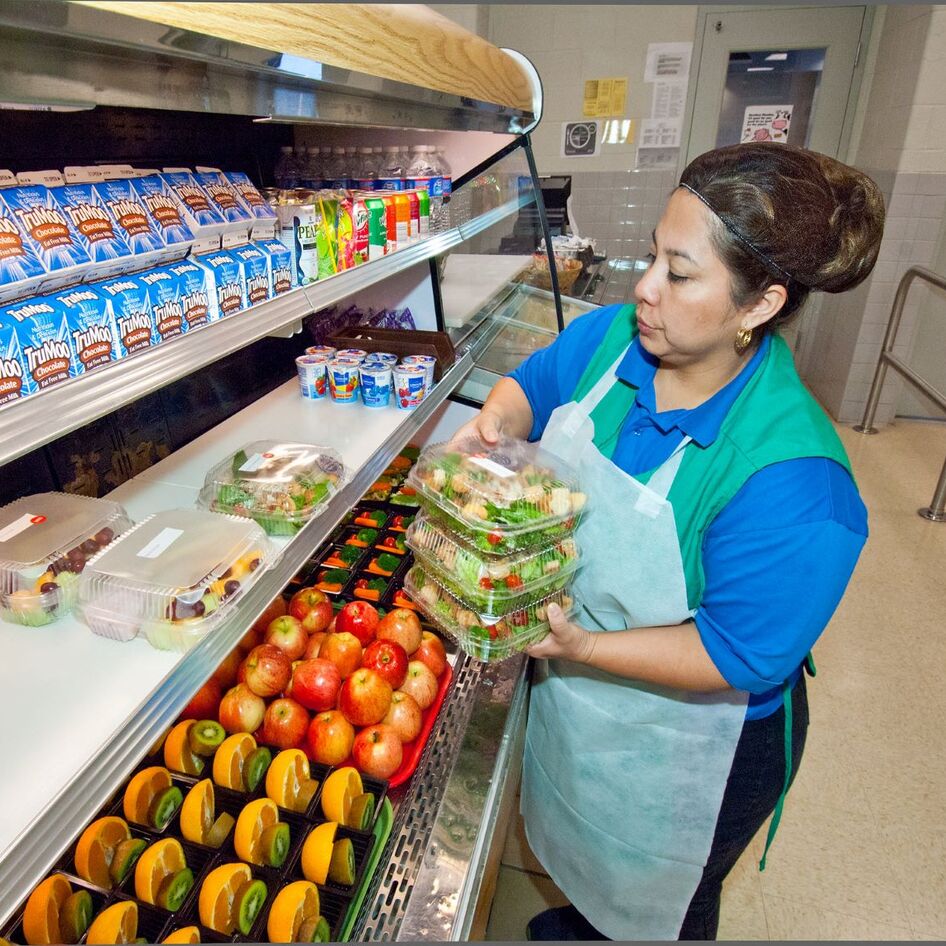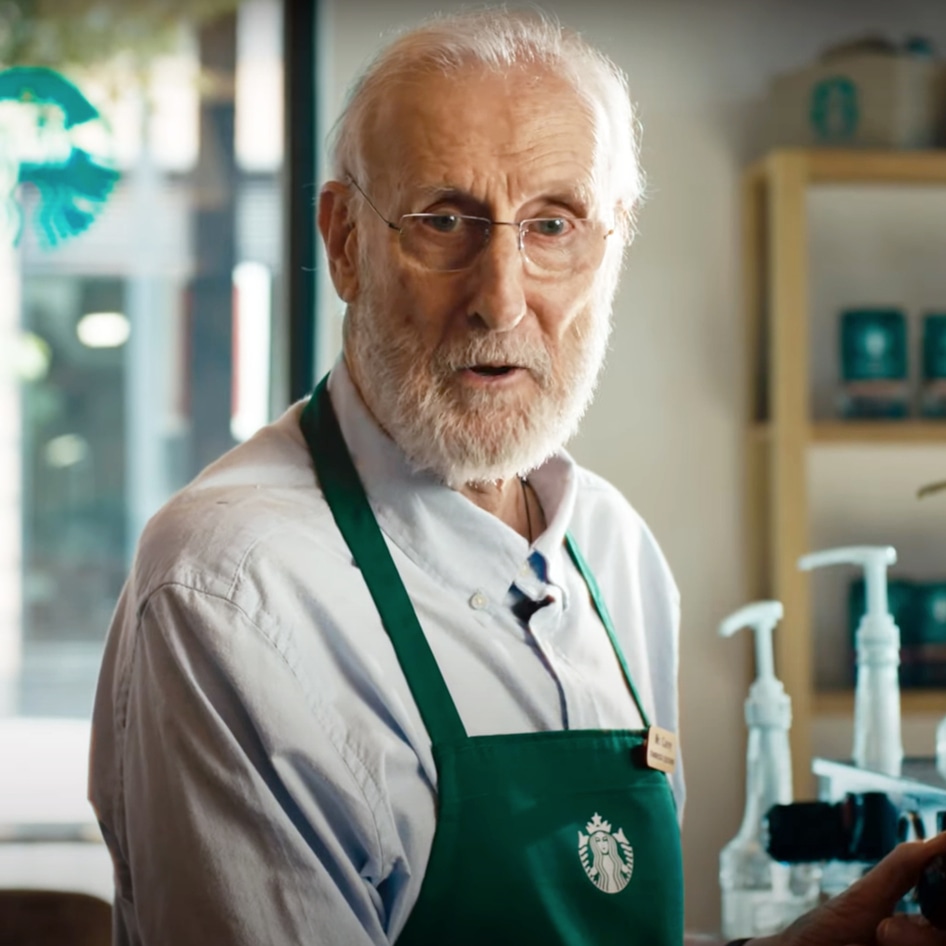Why Our School Lunches Need Help and What You Can Do
Discover why the nation’s school lunch program is in a nutritional crisis, and what you can do to promote healthier options.
June 20, 2010
Part of my internship to become a registered dietitian was spent working at my local middle school. One cause for substandard school lunch choices lies within the mission of the US Department of Agriculture (USDA): Make sure our food is safe, and promote agribusiness domestically and abroad. To discover where “making food safe” smacks against “promote agribusiness” in schools, follow the money.
Lunch menus must abide by the guidelines of the School Lunch and School Breakfast Program of the USDA. The minimal nutrition standards for lunch and breakfast incorporate the 1995 Dietary Guidelines for America. If guidelines aren’t met, the cafeterias lose federal money.
Cafeteria directors develop menus from the government’s program, Team Nutrition. Team Nutrition menus are based on the foods normally available on the USDA Commodities list and grown by US agribusiness. The commodities are surplus products, which the government buys in big volume discounts from agribusiness. Started during the Great Depression in the 1930s, it connected farmers who had crops they couldn’t sell to feed school kids who were literally starving. It seemed like a match made in heaven.
Today, schools’ commodity orders are made months in advance with a minimum of a third of a truckload per product. A case of white rice is around $20, while brown rice is around $60. In addition to the storage problem, it raises an important question—will kids eat the healthier product? Who will pay the price difference?
Agribusiness controls most growing and selling of school foods regardless of nutrition. They successfully stopped government-mandated caps on sugar, calories, and sodium, and prevented required minimum fiber levels. Agribusiness has huge processing plants to supply products for the nation’s school lunches, practically eliminating small farmers who cannot match the discounts. If a school purchases 1 million pounds of potatoes at a low cost, they need to take possession immediately. Where do they put them? Giant food processing plants take them. If the processor doesn’t have baked potatoes instead of regular fries, the school lunch is stuck with fries.
Cafeterias, not school districts, supply their own funds. Cafeteria monies pay employee costs, food, utilities, equipment and all other expenses. Schools receive $19.50 per student per year to buy from the commodities program. This will equal $844 million in 2010.
Funding also comes from the USDA school meals programs. Students living at or below 130 percent of the poverty line qualify for free lunch, and the USDA pays the coffer $2.68. This has been the same amount since 1973. Today, this should cost $12.90.
Pupil attendance is crucial because reimbursement comes from each eligible kid who attends school that day. On a snow day, reimbursement is forfeited. To pay for absenteeism, cafeterias sell the biggest food profit bang for the buck. Enter à la carte foods. À la carte foods are items sold for profit, such as French fries or salads. French fries have low labor costs, large profits, and extreme popularity. Salads have intense labor, low profit margin and low popularity. When profit is the driving predictor, it’s easy to see what is emphasized.
What can you do? Have lunch at your local school. Talk with the food service director. Become a member of the school’s Wellness Committee. Every school must have a Wellness Committee to receive federal funds. Committees set nutrition and activity standards. You pay school taxes. You have a voice.
Urge your senators and representatives to support the Healthy, Hunger-Free Kids Act of 2010, the school lunch reimbursement bill. Billions in increased funding and better nutrition standards are on the table. Help our kids fill their plates with healthier choices for a happier future.
JUMP TO ... Latest News | Recipes | Guides | Health | Shop







